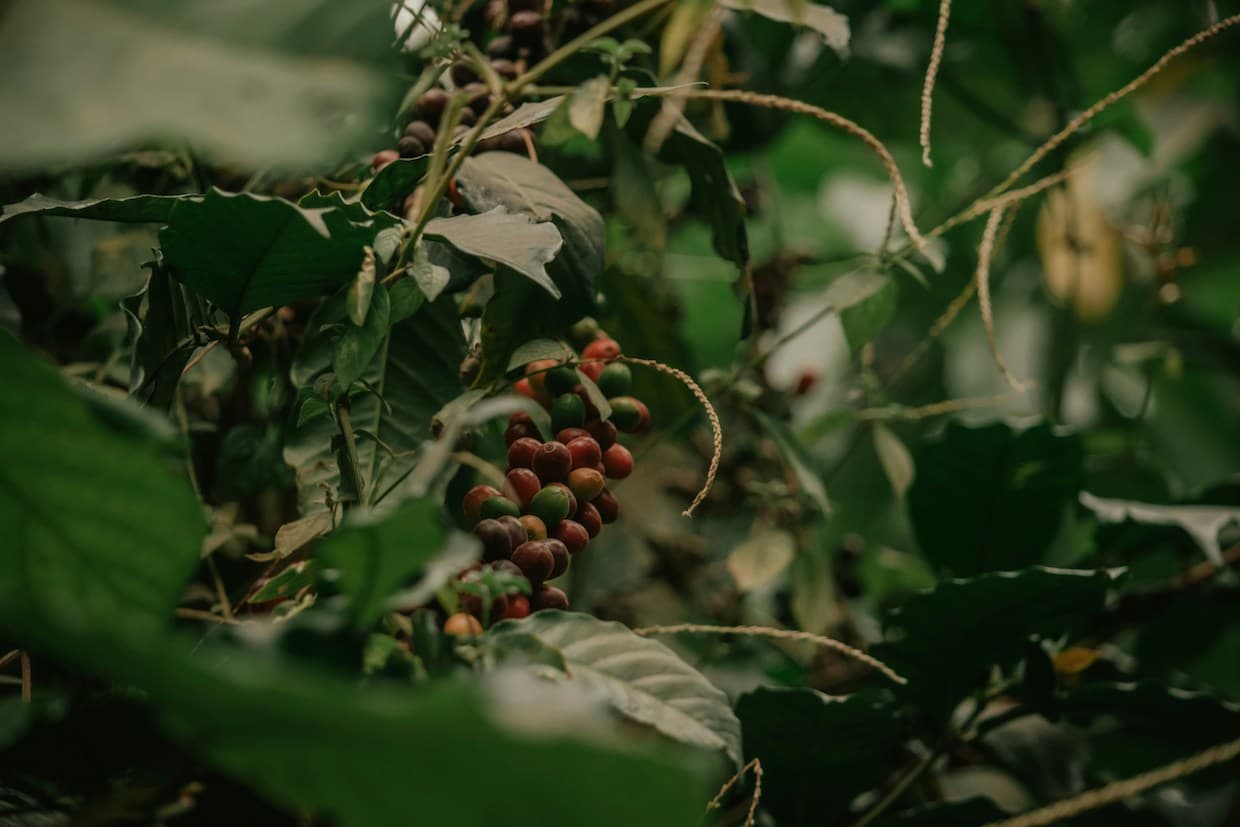Tanzania is set to see a rise in green coffee production by approximately 7% in the 2024/25 market year, reaching an estimated 1.5 million bags. This increase is attributed to the successful rehabilitation of aging plantations and steady demand from key buyers such as the European Union.
These insights are detailed in the new annual report from the USDA Foreign Agriculture Service on the Tanzanian coffee sector.
Production The USDA FAS office in Dar es Salaam predicts a slight increase in Tanzania’s coffee production for the 2024/25 market year compared to 2023/24, thanks to favorable weather and the maturation of rehabilitated plantations. To enhance future production, the Tanzania Coffee Board (TCB) distributed 13 million improved seedlings to farmers by November 2023, with plans to distribute a total of 25 million by the end of 2025. The government has focused on rehabilitating existing coffee farms rather than establishing new ones, with the harvested area expected to remain at 265,000 hectares.
Production Dynamics Arabica coffee dominates Tanzania’s production, accounting for approximately 60.9%, with key growing regions including Kilimanjaro, Arusha, and Tanga. Robusta coffee is primarily grown in the regions of Kagera, Mwanza, and Morogoro. Most of Tanzania’s coffee is produced by around 320,000 smallholder farmers, with a smaller portion coming from about 100 large farms.
Marketing and Sales Channels According to the FAS report, the majority of Tanzanian coffee is initially sold at the farmgate, traded in parchment or dry cherries to private buyers or cooperatives. Direct export sales enable farmers to trade directly with international buyers, with contracts needing registration with the Tanzania Coffee Board (TCB). Online auctions are another key marketing channel for Tanzanian coffees, featuring six government-approved auction sites and a centralized auction site in Moshi.
Trade The FAS office estimates that Tanzania’s green coffee exports will reach the equivalent of 1.31 million 60-kilo bags in 2024/25, up from 1.27 million bags in 2023/24 due to increased supplies. The main export destinations include the EU, Japan, the United States, Morocco, Russia, South Korea, India, Australia, and South Africa. The EU remains the top export destination for Tanzanian green coffee, with an estimated 752,000 bags in 2023/24, representing approximately 59% of exports.


